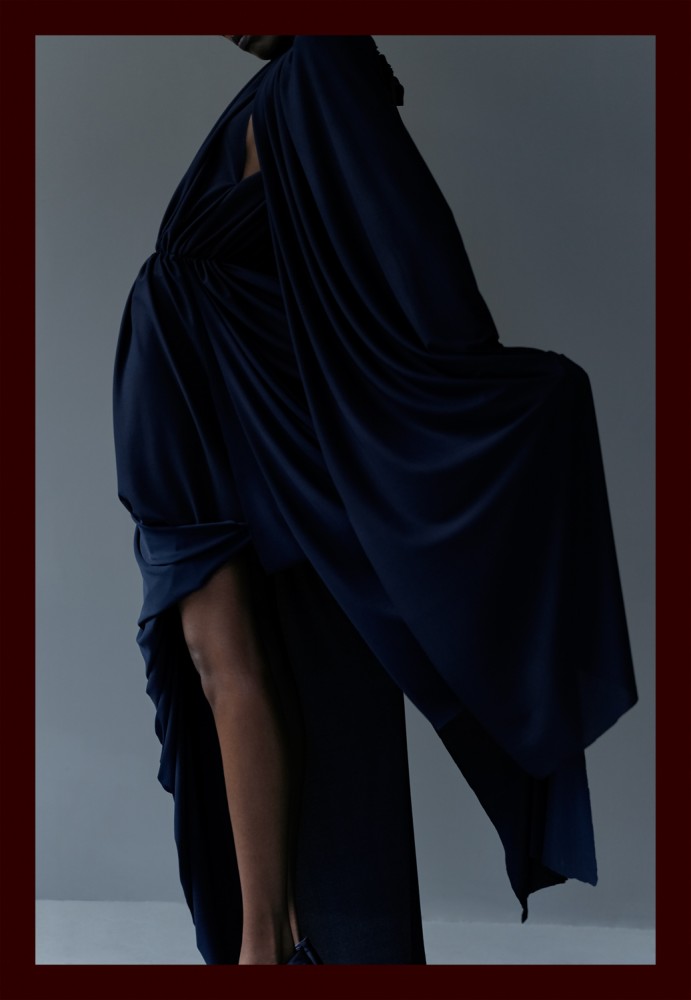
Shoes Hudson
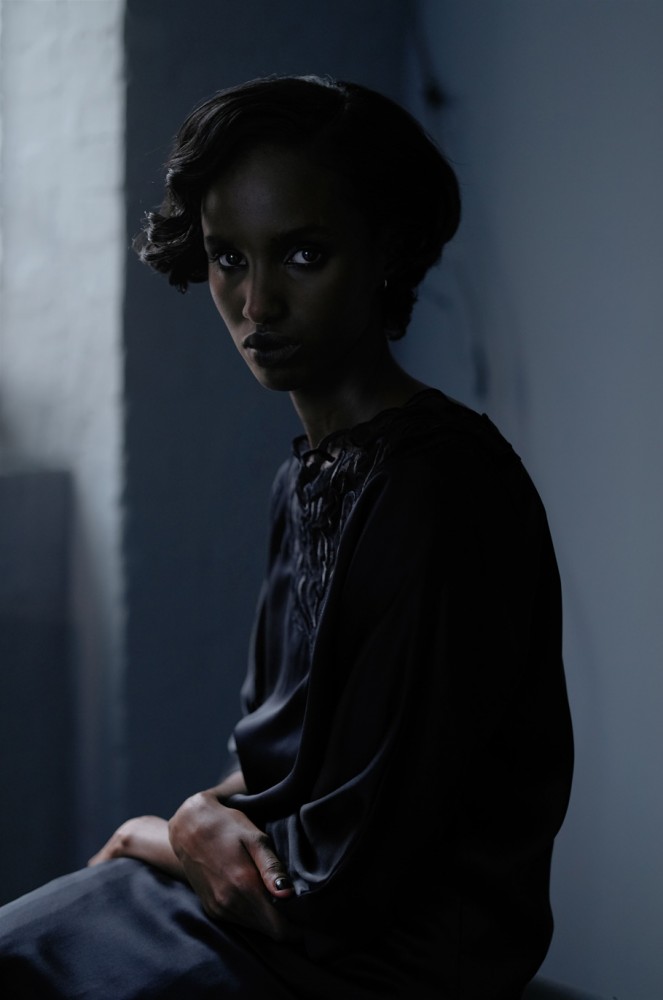
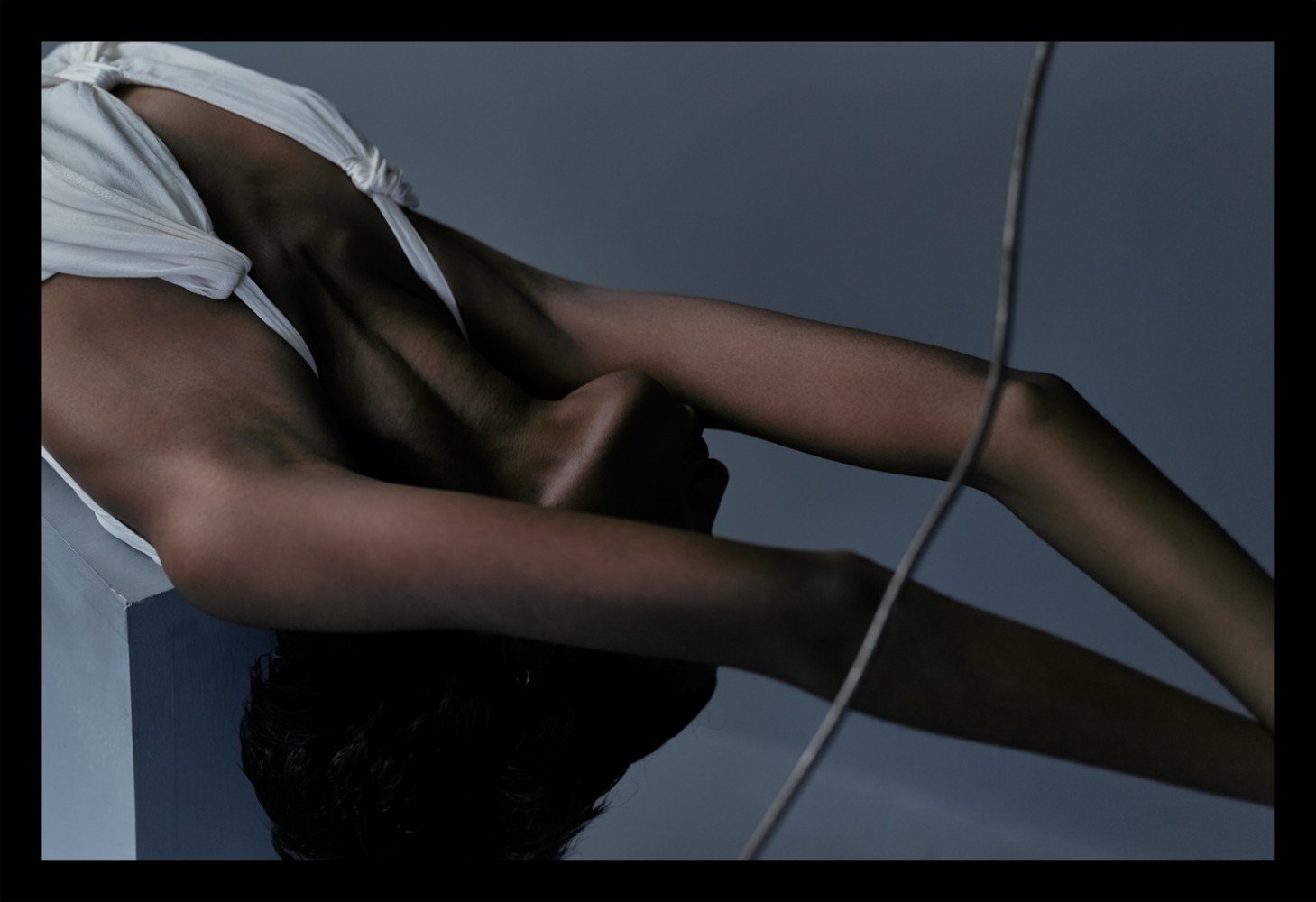
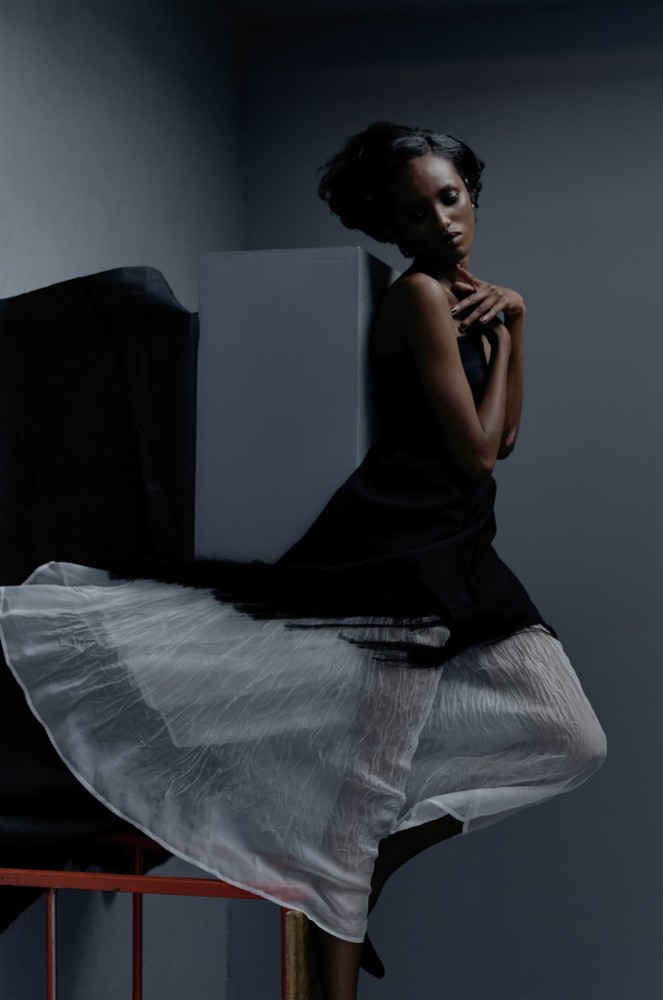
Shoes Maison Kitsune
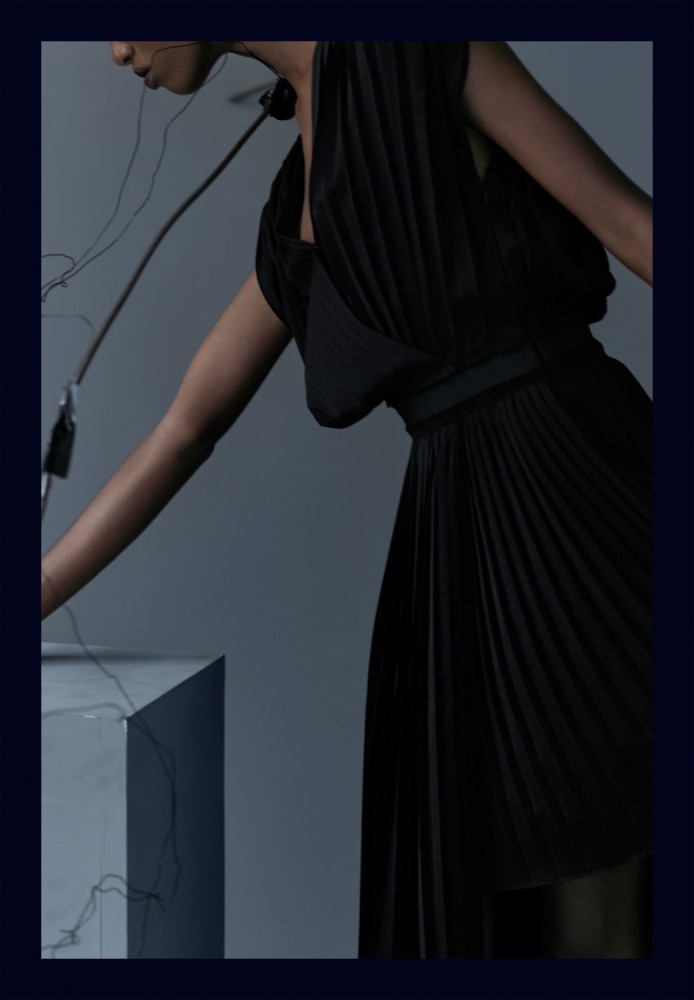

Shoes Hudson

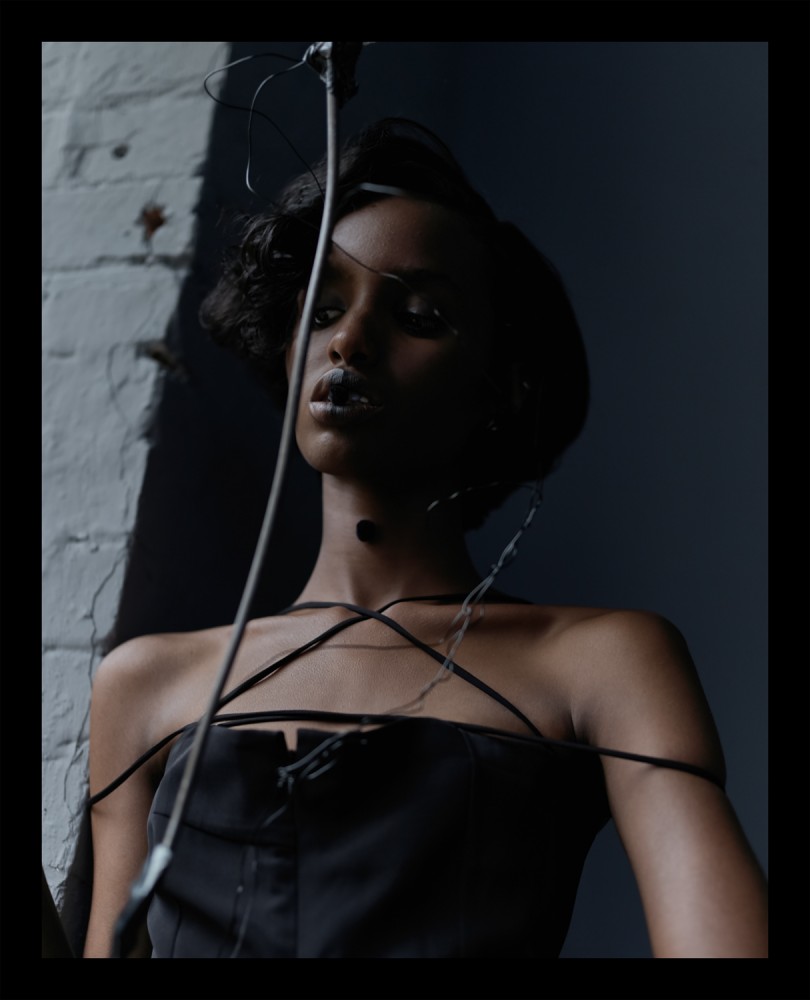
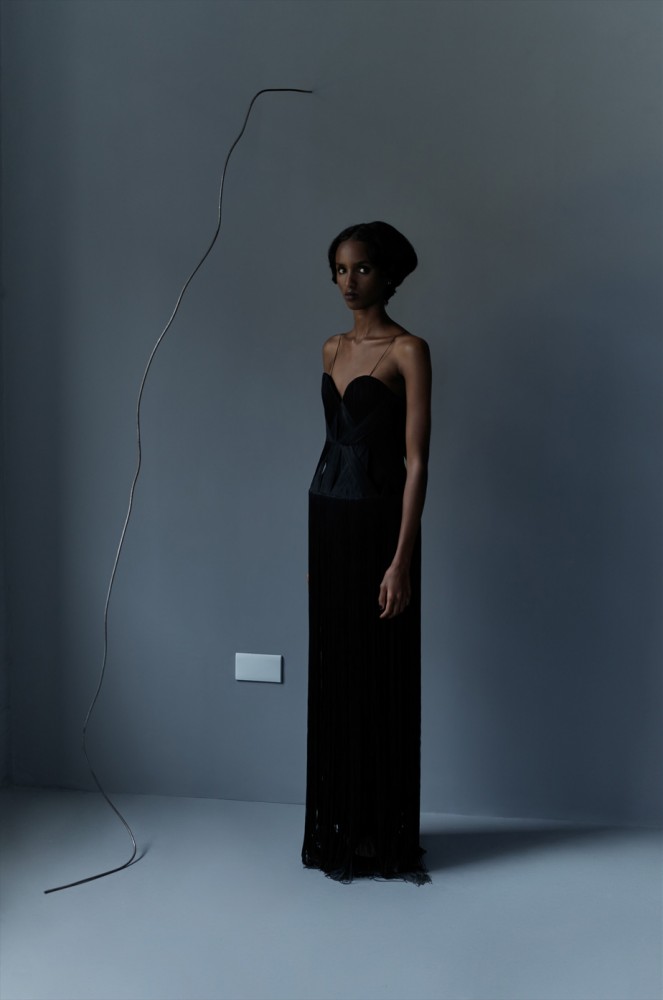
Shoes Maison Kitsune









INTERVIEW
David Abrahams
PHOTOGRAPHY David Abrahams STYLING Marina German MAKEUP Crystabel Riley using Kjaer Weis HAIR Elvire Roux @ Carol Hayes using Bumble and Bumble CASTING DIRECTOR Sarah Bunter MODEL Bibi Abdulkadir @ Storm CAMERA
Leica S (Typ 007) with Summarit-S 70 f/2.5 ASPH. (CS) and APO-Macro-Summarit-S 120 f/2.5 (CS)
Inspired by the surrealist movement of the 1920s and 30s, David Abrahams imbued his series 'Time Out' with minimalist aesthetics and an emphasis on abstract depictions of the human form – complemented by the timeless elegance created by stylist Marina German.
What led you to becoming a photographer?
I’ve always felt drawn to photography. When I was 12 or 13, I inherited a Pentax Spotmatic from my grandfather. Later, when I went to art college, I had the opportunity to learn about the darkroom process and develop black and white images. Eventually I decided to study photography at the University of Gloucestershire, in Cheltenham Spa.
You now live and work in London. How do you find the city as a base in terms of your work?
I do really love London. But having said that, there’s a very big world out there – so should my work ever take me to other places, I’d be more than happy to discover those, too.
In addition to shooting fashion and still life pictures, you are also active as a street and documentary photographer. What draws you to pursuing these very different genres?
I’ve always tried to keep active in many areas – for example, I also paint and draw, and I also create my own sets. I find it cathartic to explore a range of creative outlets; to me, sticking to one fixed path feels a bit too limiting. Essentially, art and photography is all about self-discovery – finding out what you like, and how exactly you are able to achieve it. So why not try your hand at everything?
Your sets are often quite complex, and very distinctive. Would you describe your work as photographic, or more graphics-based?
In my Graphic Design lessons at art college, I studied the principles of how objects should be lined up, the Rule of Thirds and so forth. At the same time, I was shooting quite loose and quick-handed street documentary. I believe that a big part of documentary photography is the process of watching and waiting for the story to develop, and essentially ‘lining yourself up’ in the right place. So I would say the process of creating a graphic layout and framing a shot are very much interrelated.
Do you have a preference when it comes to working in full or medium format? What prompted you to use the Leica S for this series, and how did the camera’s technical features influence the resulting images?
In general, I like all formats – it always depends which tool is right for a specific task. Having said that, when working with the Leica S I definitely found it beneficial to have such a wide dynamic range. I also always love working with large sensors. For some of the scenes in this series, I used fairly low lighting, so it was great to still have such a high degree of detail rendition in the shadow parts of the image.
Can you tell us a little bit about which artists or artworks have impacted your journey as a photographer over the years?
That’s a tough question… I’m certainly building up quite an extensive photo-book collection. One of my first books was by a photographer called Raymond Moore. It was given to me by my aunt and uncle when I was a young teen, and contained black-and-white landscapes and incidental scenes of the British countryside. Another photographer I have always greatly admired was Jeff Bark. I saw his exhibition ‘Woodpecker’ at the Michael Hoppen Gallery in London – it must be ten years ago now. The images in that series still count among my favourite Jeff Bark photographs. I also love the ‘1973 Black Photographers Annual’ – it’s one of my favourite photo books. I was also deeply impressed by a recent exhibition at the Tate gallery, titled ‘Soul of a Nation - Art in the Age of Black Power’. In fact, it included some of the best works I’ve ever seen. The images were taken from a book of the same title, which unfortunately is not that easy to get hold of. However, I highly recommend looking up the represented artists, such as Beuford Smith, Ray Francis, Ming Smith, Anthony Barboza, Joe Crawford – as well as all the other photographers featured in the 4 volumes of this amazing publication.